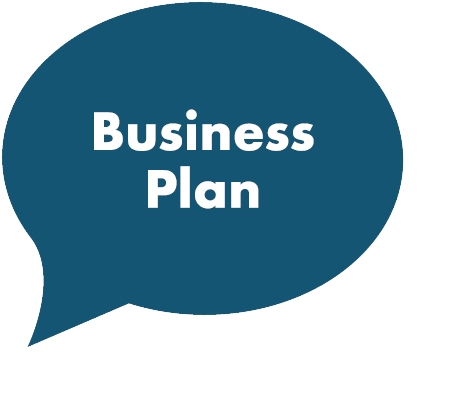Fritz Sybergs Vej 9
DK 8270 Hojbjerg
Scandinavia
info@dynamicbusinessplan.com


Market Research
Market research is done to get information from three types of customers.
The three types of customers are:
- The consumer - private persons buying from you
- Corporate customers - other companies buying from your company
- Public customers - public institutions buying from you
Whether approaching consumers or other companies, knowledge of the customer is important. Often, it is easier to obtain information about corporate customers than consumers. Corporate customers are easier to define.
Quantitative market research
People who work professionally with analyzing the market often choose to produce either a qualitative market analysis or quantitative analysis. Or both to get the most accurate picture of the market.
The quantitative analysis is used to determine the amount or extent of attitudes, habits, assumptions or opinions on specific goods etc.
You can make a questionnaire with relevant questions that give you information in relation to a client´s thoughts about your product.
How to make a questionnaire
The questionnaire can be created in Google Analysis and you can use your Facebook profile to gather answers to your questionnaire.
In this way you can get e.g. 50 persons opinion about price, the color or feature of your product. You get quantity but not necessarily a qualitative assessment of your product or service.
Qualitative market research
If you need a qualitative and deeper assessment of your product, you often interview potential customers. You can make interview via phone, meet the customer in a mall or invite a larger group to coffee and make them discuss your product or service. (Focus groups / group interviews).
These interviews are often used as a tool to confirm or rule out hypotheses about consumption patterns, lifestyle, consumer attitudes, desires, or otherwise.
6 step plan for market research
- Problem - Determine what information you need about
your product before your marketing of the product
- Data Sources - What do you know already and what data
are easy to grab. How do you get hold of the information gap?
- Respondents - what people do you want to gather
information from?
- Contact Form - How do you find the best and easiest way
to contact the respondents?
- Question - Develop relevant and neutral questions
- Test - Before you bring together a focus group or publish the questionnaire on Facebook you should test the questions on friends or a small group.
Collecting information is market research
In order to structure your collecting of information on potential customers you can make a distinction between:
- Desk research
- Field research
Desk Research
Most likely, retrieving information on customers from home takes place at a desk. You have access to a PC, internet, phone, directories, newspapers and other sources of information.
By a systematic utilization of the internet you can find most of the information
you need to gain an impression of your customers. Practically all companies have
a website packed with information about themselves. If you are still short of
information you can call the company and request brochures.
Retrieving consumer information is slightly harder, but some business school´s
websites may offer consumption pattern analyses. Trade associations may also
hold data useful to your company.
Field Research
Not all information is accessible from your desk. Usually you will have to supplement the information by field research. Most companies, new and old, will get invaluable information about their customers by asking a few simple questions.
For more details on customer interviews, this guide from Crazy Egg is helpful.
Easy research
It does not necessarily take a detailed questionnaire study. All you need to do is select 5 to 10 companies or consumers potentially interested in your product.
Prepare 5-10 questions identifying your problem and frankly tell the interviewee
why you are asking the questions. You will normally be met with great
helpfulness.
It can be an odd feeling asking chance passers-by for help, but it really is
worth the embarrassment because it makes it a whole lot easier to run your
business afterwards.
Your consequential level of customer knowledge increases considerably.
Talk to your customer
You will gain so
much information about your potential customer if you talk to five of them. It
can make a world of difference.
Do you have the nerve to go and talk to the potential customer?

Money coming in says I´ve made the right marketing decisions.
Adam Osborne, made the first portable computer
























































